At some point, every car requires new tires. Since you want to budget accordingly, it’s important to know how much does it cost to replace your tires?
In this guide, we cover the varying factors that influence the new tire price. We also give you a few tips that may help you save some money.
How Much Do New Tires Cost?A new set of four tires will usually cost you between $400 and $1500, depending on the type of tire, vehicle, quality and where you get them installed. If you choose cheap tires, you may be able to spend $50 each, but on some vehicle types, you can easily spend $1500 or more on a new set of tires.
Now that we have the quick answer to the general cost of new tires, let’s take a closer look at the factors that affect the cost.
Factors Affecting Cost to Replace Your Tires1. Tire SizeThe biggest factor affecting your expense will be the size of the tire you need. You can find tires in all sizes, meant for a multitude of purposes. If you have a compact car, you will have the cheapest tires available, maybe even $50 each.
Of course, high-performance cars, large pickup trucks, specialty off-road vehicles, and SUVs will naturally cost more. A good rule of thumb is that the larger the tire is, the more you can expect to pay for it.
2. BrandThere are just as many tire brands as there are sizes. Many tire shops specialize in one budget brand and carry a multitude of name brands.
You will spend far less to go with the no-name brand, but you need to think about the quality. After all, if you save money today by choosing this brand, does it really pay off if you have to replace the tires again prematurely? You may also get a much longer mileage warranty with quality tires, than with inexpensive tires.
If you choose a premium tire brand such as Michelin, Continental, Goodyear, Bridgestone, you will of course pay much more, but you know that you will get quality tires that last a long time and keep your vehicle on the road.
RELATED: 6 Worst Tire Brands to Avoid Buying
3. Installation CostMost tire shops do not make a lot of money on the tire installation. The job itself doesn’t take long and the price can often be included with the cost of the tires.
On average, you can expect most shops to tack on about $20-$40 per tire for the installation. However, if you visit a warehouse club, that expense could be even less.
4. Tire DisposalYou don’t get to leave your old tires with the shop without paying a price. These shops must pay to have them recycled, so that cost gets passed down to you.
On average, the tire disposal fees will be between $2 and $10 per tire to dispose of them. If you would rather save this money, you can get rid of them yourself.
5. Road Hazard/Warranty ProtectionOn top of the regular price paid for your tires, you may choose to add some extra warranty protection. With road hazard protection, you are covered if your tires get a hole or blow out.
However, you must be careful who you choose to get road hazard through. Not all companies are going to follow through on the agreement, leaving you paying for protection that doesn’t matter when something actually goes wrong.
6. Wheel AlignmentWhen your new tires are installed, you will need to get a wheel alignment. Having properly aligned tires ensures that they last as long as possible.
You might pay between $75 and $200 to have the wheels aligned, depending on how many need to be done. However, this money can be seen as an investment, ensuring that your tires continue to provide reliable transportation.
How to Save Money on Tires 1. Shop AroundThe most important factor is shopping around. You can call one location and get a price on a particular set of tires and the cost is completely different somewhere else, even though they are the same tires.
When you are shopping around, keep a couple of costs in mind.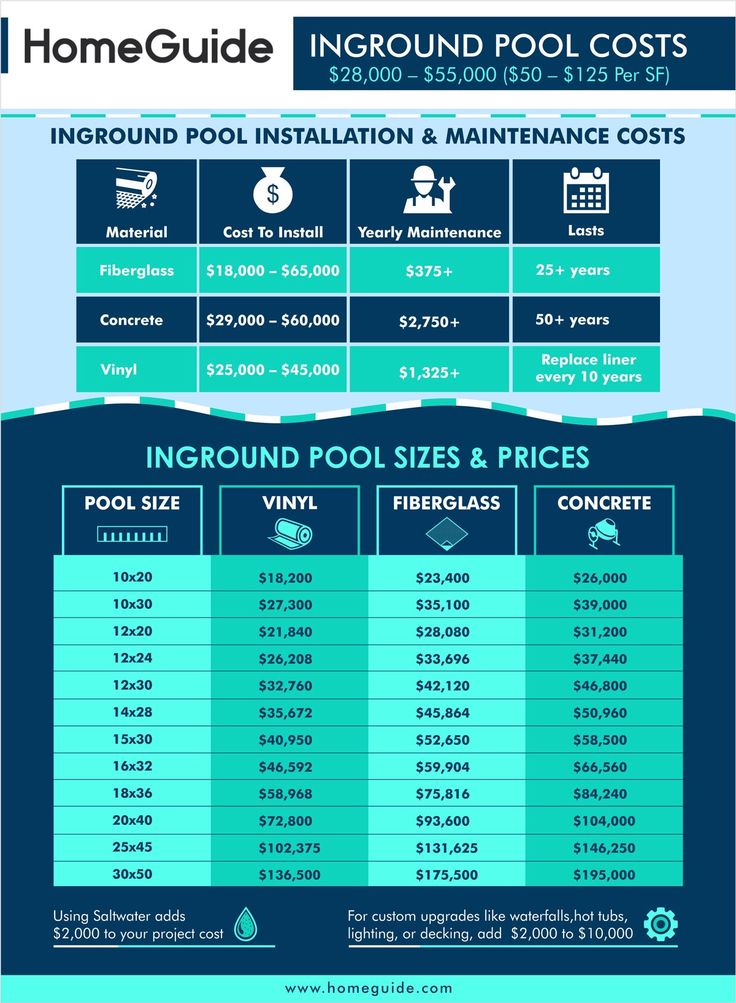 You will have the cost of the tires, the cost of installation and any fees that the company charges. Ask for the “out the door” price, so you can compare it apples-to-apples.
You will have the cost of the tires, the cost of installation and any fees that the company charges. Ask for the “out the door” price, so you can compare it apples-to-apples.
RELATED: How Much Do Rims Cost?
2. Watch for SalesYou can get a great deal if you shop during a sale. Of course, it’s not always convenient to wait for the next sale, but if you have some time before the tires need to be changed, this is a great way to save.
Throughout the year, tire shops will offer various sales. You can take advantage of a Buy 3, Get 1 Free deal or enjoy a certain percentage off. Most tire sales correspond with holidays, so you can tell when one might be around the corner.
3. Take Advantage of RebatesTire shops don’t often make a whole lot on the tire, so discounts can be limited. However, the manufacturers are happy to offer rebates throughout the year.
Most of the rebates are through the mail but can be found online. Additionally, the tire shops have the inside scoop on what’s available, so be sure to ask.
Additionally, the tire shops have the inside scoop on what’s available, so be sure to ask.
It’s not always wise to purchase used tires, but the takeoff is something entirely different. These tires were installed brand-new and only used for a couple of days before the customer decided they didn’t want them.
It could be that the client didn’t appreciate the ride or simply decided they wanted something better. Either way, the tire shop will offer the replacement tires at a discounted price, so be sure to ask what’s available, especially if you use a popular tire size.
5. Use All-Season TiresIf you live in a cold climate where a lot of snow falls, you might have two sets of tires. Most people in these regions use summer and winter tires. With two sets of tires, you have a lot more money out, especially every time you need to have them switched.
If you aren’t actually driving in the snow, it might be better to use all-season tires throughout the year.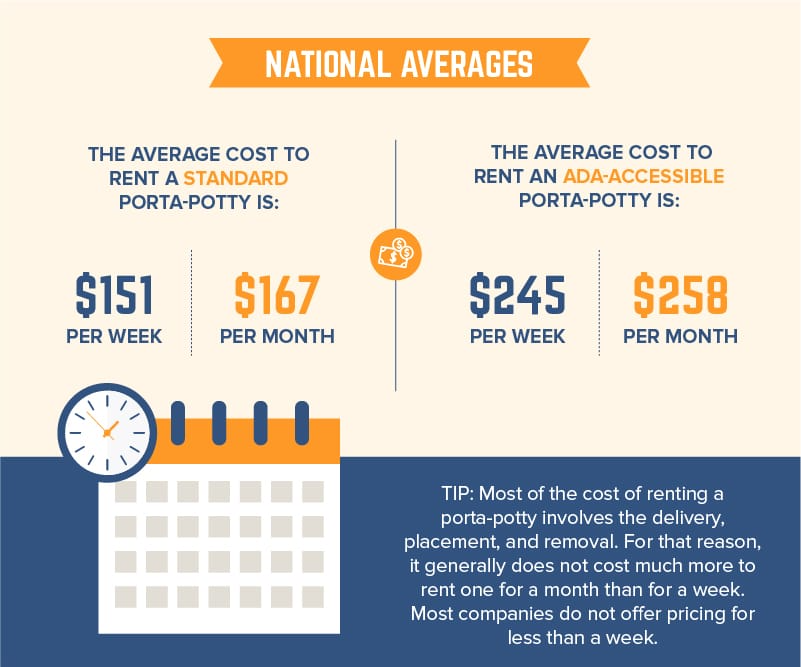 While these aren’t going to get you through deep snow, there’s no sense spending more for something you don’t need. Evaluate your options and see if you can stick to using one set all year long.
While these aren’t going to get you through deep snow, there’s no sense spending more for something you don’t need. Evaluate your options and see if you can stick to using one set all year long.
RELATED: 10 Best All-Season Tires – Review & Buyer’s Guide
The lifespan of a tire will depend on the type of tire, the type of driving you do, and the climate. Generally, tires last between 50,000 and 80,000 miles and 6 years. If you drive a lot in city traffic and brake a lot or live in a hot climate, your tires may wear out sooner. If you often drive around with low tire pressure or a bad wheel alignment, they may also wear down sooner.
If your tire tread depth is close to 2/32” or under, it’s definitely time to replace them.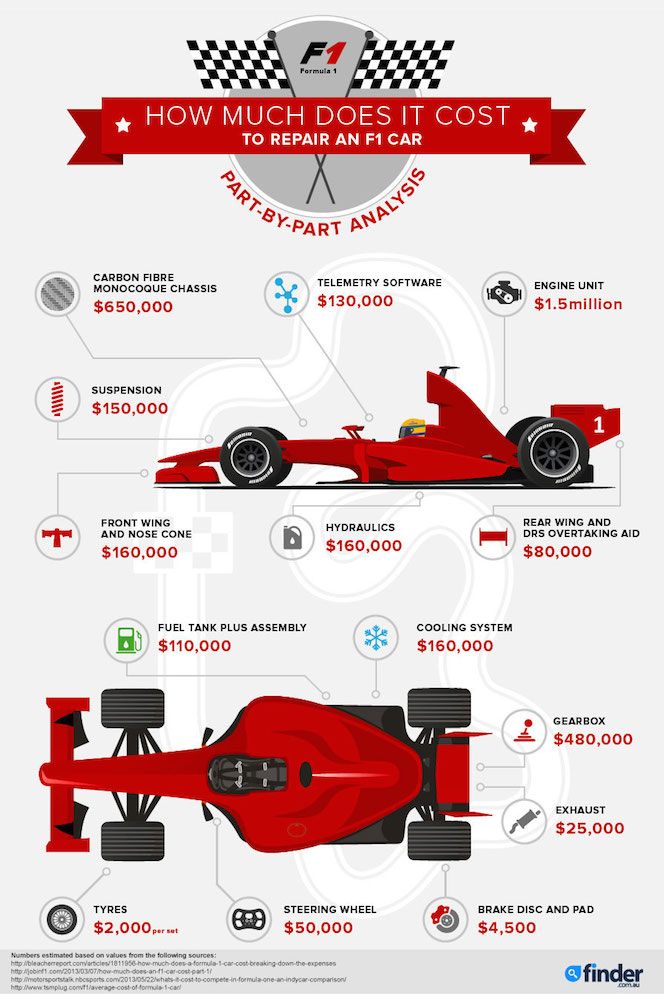 Most tire manufacturers recommend replacing tires every 6 years, regardless of the number of miles driven. This is because tire rubber degrades over time, even if the tires are not used. Tires that are more than 6 years old should be inspected by a professional to determine if they are safe to use.
Most tire manufacturers recommend replacing tires every 6 years, regardless of the number of miles driven. This is because tire rubber degrades over time, even if the tires are not used. Tires that are more than 6 years old should be inspected by a professional to determine if they are safe to use.
If your car is two-wheel-drive, it’s fine to replace two tires on the same axle instead of four, although you need to consider that your car will handle differently with two new tires than with four. If you are replacing two tires, it is best to put the new or best tires on the rear axle, as this will improve traction and stability.
On many 4WD and AWD cars, however, the diameter of the tires must match, otherwise, you can damage the transmission or the differential. Therefore, it is recommended to replace all four tires on 4WD cars, and it’s a requirement for many car brands like BMW and Audi.
You need to read the tire dimensions on your old tires and take them to the tire shop. You can also call your authorized dealer or check your owner’s manual if the wheels are stock.
You can also call your authorized dealer or check your owner’s manual if the wheels are stock.
The automotive industry is continually changing. Whether it is the cost of a service or product, the fluctuation of that cost is a result of current supply and demand or competition in the area.
The cost of mounting and balancing tires can vary greatly based on several variables.
On average, the cost to mount and balance four tires is $30. This cost may fluctuate depending on the size, type, and design of the tire and rim. This price may also vary depending on the year, make, and model of the vehicle.
When it’s time to mount and balance your new tires, ensure you remain aware of any underlying costs or issues with your vehicle.
This will better prepare you to have the funding on hand to pay for the process.
If you do not get your tires mounted and balanced properly or promptly, you can risk becoming a roadside hazard to yourself and others.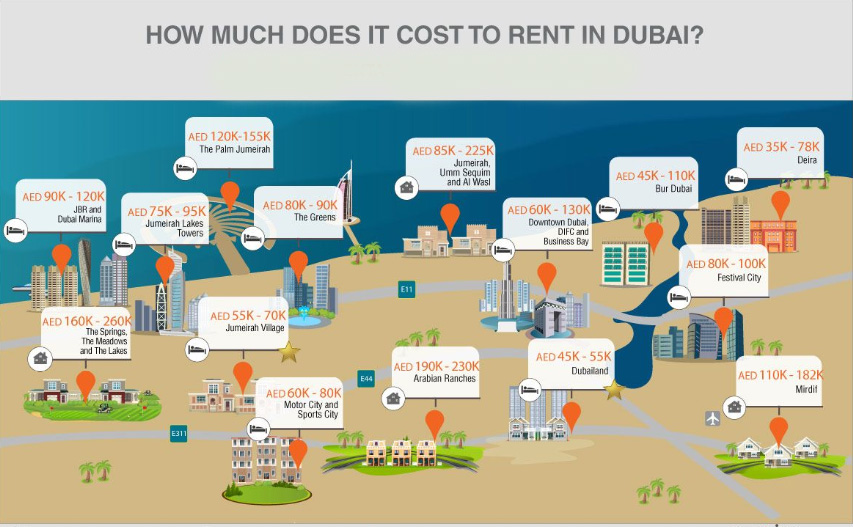
Mounting and balancing your tires is an essential part of new tire installation.
If you are a hands-on type of car guru, you may want to mount and balance your tires.
Balancing and mounting tires require special equipment that not everyone has access to.
Therefore, it is common for individuals to take their vehicle to a mechanic shop to get tires mounted and balanced, which results in a fee.
The fee associated with this process is determined by several different factors.
These factors include the year, make, and model of the vehicle, and the size, type, and style of the tire or rim. Ultimately, the cost to perform this process depends on the rates of your service provider.
The tire mounting and balancing process is a smooth one if you have the right materials to perform the job.
Whether you are performing the process on your own or taking it to a mechanic shop, the process is generally the same.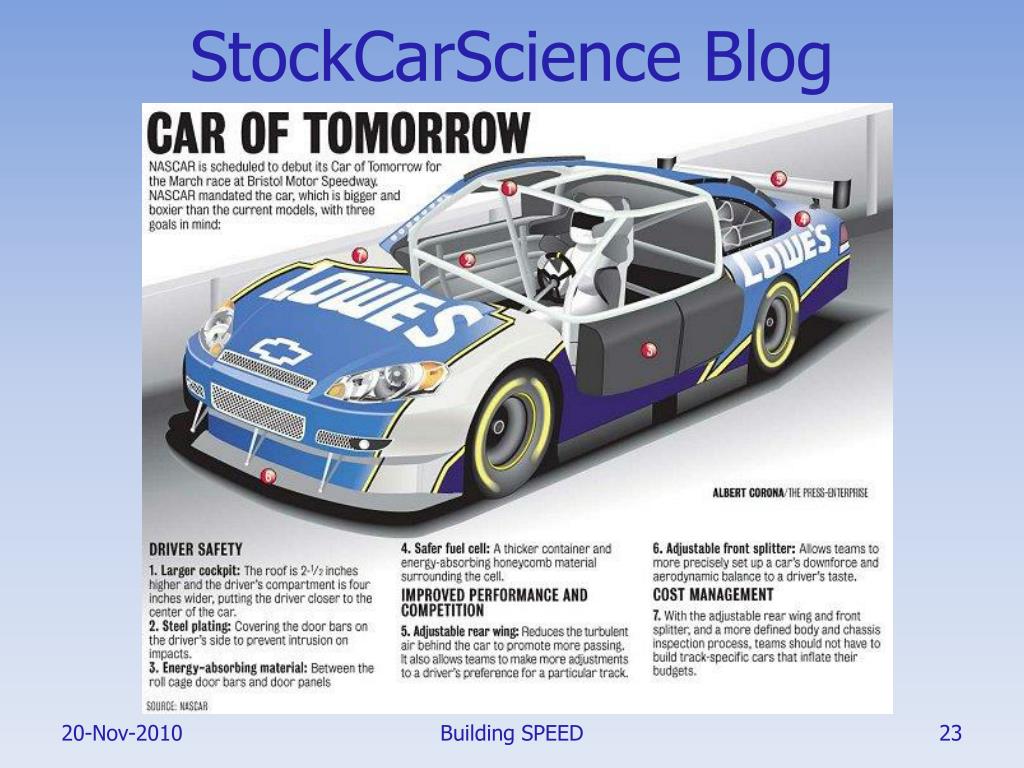
The process begins by mounting the new tire on the old rim.
This process can take some time, depending on the experience of the one performing the process and the tools on hand.
Once the tire is mounted on the rim, the tire is filled to its recommended psi before it moves to the balancing stage.
To properly balance a tire, the old weights must be removed from the rim.
After removing the weights and cleaning the wheels, place the wheel on a balancer and wait for the machine to diagnose.
Based on the diagnostics, you will then add the necessary weights to the wheels.
Continue to make adjustments to the weight of the wheels until it is properly aligned.
As previously mentioned, mounting and balancing tires is not complicated, but requires special tools and equipment for a smooth completion process.
If you do not have a balancing machine or balancer, your best bet is to take your vehicle to a local mechanic for tire mounting and balancing.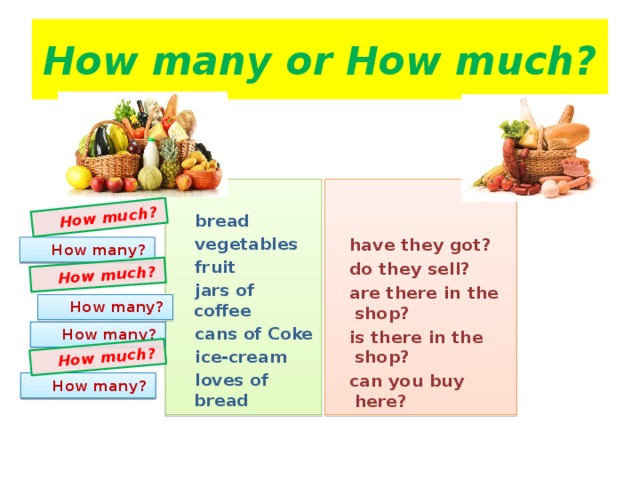
Taking your vehicle to a mechanic shop to get the tires mounted and balanced ensures the proper tools are in use, and you don’t have to spend time fighting with the rim and the tire.
You may be wondering if you can skip balancing your tires after they are mounted.
While your vehicle will still drive with unbalanced tires, it is not recommended you drive on them.
Driving on unbalanced tires can cause multiple issues including faster tire wear.
Getting new tires mounted then turning around and driving on them unbalanced is counterproductive as you will be replacing your new tires before you know it.
Several other issues resulting from unbalanced tires include uneven wear, vibration in the steering wheel, uncomfortable ride, drivetrain and vehicle suspension problems, and poor gas mileage.
Uneven tire wear is one of the most common issues people face when they drive with unbalanced tires.
When a vehicle has uneven wear on its tires, it causes a bumpy and uncomfortable ride.
Unbalanced tires cause vibration in the steering wheel, which can become annoying after some time.
This vibration can ultimately cause your vehicle to become misaligned.
The vibration throughout the vehicle mixed with uneven tire wear results in an uncomfortable riding position.
Unless you want to feel like you’re constantly being thrown around, it is vital to get your tires balanced if you desire to experience a smooth and comfortable ride.
When a vehicle’s tires are worn unevenly due to unbalanced tires, it can become difficult to shift gears.
When it happens, it can affect the drivetrain and suspension of your vehicle.
The uneven wear on the tires mixed with the vibration it causes can result in poor gas mileage.
This is because, at higher speeds, traction is lost and results in the loss of fuel economy.
Balancing your tires is a must when mounting if you want to get the most out of your new tires.
It is also a vital step to ensure your vehicle is driving properly and is road safe.
No, mounting and balancing tires is not the same as getting an alignment.
However, balancing tires is part of the alignment process.
Mounting and balancing your tires is a process to replace worn tires and improve the wear on your new tires.
An alignment focuses on repositioning the wheels themselves to ensure a smooth ride.
To mount and balance a set of four tires, you can expect to wait anywhere from 45 minutes to two hours.
The state of the tire and the equipment in use will affect how long it takes to complete the process.
Balancing your tires helps them wear evenly and the vehicle to ride smoothly.
If tires are not balanced, you may experience a bumpy ride and vibration in the steering wheel, along with other vehicle damage.
Driving on balanced tires is vital if you want a smooth and comfortable ride while keeping your vehicle in good shape.
If you do not have balanced tires, you will experience a rough ride, vibration in the steering wheel, and poor gas mileage.
Getting your tires mounted and balanced is a very cost-effective and vital part of vehicle maintenance.
On average, it costs $30 to get a tire mounted and balanced, with an average of $120 to get all four tires mounted and balanced.
Swapping out four tires that are already mounted on the rim costs an average of $50, or $10 to $15 per wheel.
This cost does not include balancing, which can add $10 to $15 to the end cost.
Is it time to switch from winter to summer tires? Come to our car service to change tires by prior online appointment.
Shesteryonka car services are equipped with modern Italian balancing equipment RAVAGLIOLIM and a tire changer CORCHI , which allows tire fitting for wheels ranging in size from 12 "to 30", including low-profile tires and Run Flat tires. nine0004
In addition to tire fitting and wheel balancing, you will receive high-quality services for all types of repairs, including puncture and side cut repair, as well as washing and cleaning wheels. Service centers "Shesterenka" have the status of certified services that have the right to perform tire fitting and wheel balancing.
| Name of work | Cost of works | |||||||
| R12-14 | R15 | R16 | R17-18 | R19+ comm. 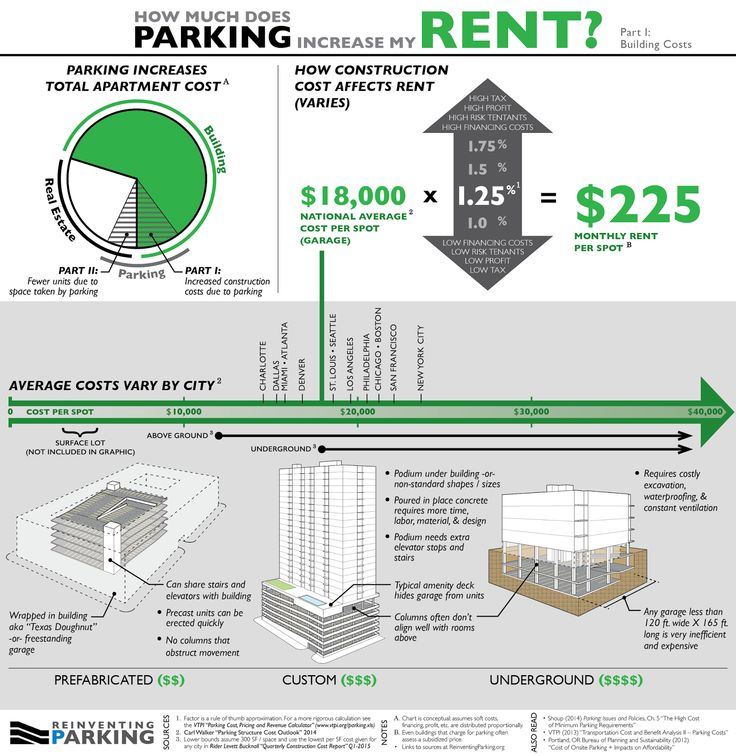 transport | ||||
| light | implemented | easy | implemented | easy | off-road | |||
| Wheel - remove/attach | 90 | 100 | 120 | 110 | 150 | 140 | 170 | 170 |
| Wheel - balancing | 90 | 100 | 120 | 110 | 150 | 140 | 170 | 170 |
| Wheel assembly | 80 | 90 | 100 | 90 | 130 | 120 | nine0048 130150 | |
| Wheel - removal | 80 | 90 | 100 | 90 | 130 | 120 | 130 | 150 |
| Wash wheel | 50 | 50 | 50 | 50 | 70 | 70 | 70 | 70 | nine0032
| Wheel - inflation | 25 | 25 | 25 | 25 | 25 | 25 | 25 | 25 |
| Chamber - repair | 50 | 50 | 50 | 50 | 50 | - | - | - |
One wheel conversion (excl.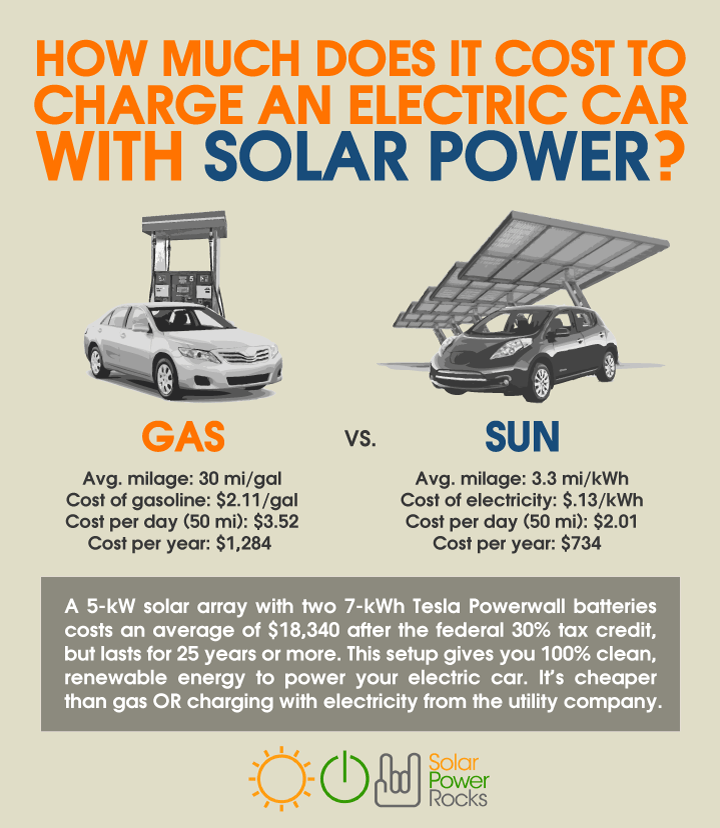 freight cost) freight cost) | 340 | 380 | 440 | 400 | 560 | 520 | 600 | 640 |
| 4 / 6 wheel conversion (without cost of freight) | 1360 | 1520 | 1760 | 1600 | 2240 | 2080 | 2400 | 2560/3840 |
| Tire - repair (harness installation) | 150 | 150 | 150 | 150 | 150 | 150 | 150 | 150 |
| Tire - repair (mushroom installation) | 150 | 150 | 150 | 150 | 150 | 150 | 150 | 150 |
| Tire - repair (installation of cord patch) | 250 | 250 | 250 | 250 | 250 | 250 | 250 | 250 |
| Tire - repair (side cut up to 3 cm) | 250 | 250 | 250 | 250 | 250 | 300 | 300 | 300 |
| Seat - cleaning | 25 | 25 | 25 | 25 | 25 | 50 | 50 | 50 |
| Seat - sealing | 40 | 40 | 40 | 40 | 40 | 60 | 60 | 60 |
| Disc check (balance) | 50 | 50 | 50 | 50 | 50 | 50 | 50 | 50 |
| Copper grease treatment of the hub (1 wheel) | 50 | 50 | 50 | 50 | 50 | 50 | 50 | 50 |
| Installing a non-return valve | 25 | 25 | 25 | 25 | 25 | 25 | 25 | 25 |
| Pressure sensor installation | 200 | 200 | 200 | 200 | 200 | 200 | 200 | 200 |
Please note that the price is indicated in rubles and is valid at the time of publication. You can get more complete information by contacting the managers of the Shesteryonka service centers. nine0005
You can get more complete information by contacting the managers of the Shesteryonka service centers. nine0005
Certificates of Shesterenka service centers
Copyright © 2006 — 2022 "Gear"
Privacy policy
All rights reserved.
All logos and trademarks displayed on the site are the property of their respective owners.
Price list for tire fitting services for cars
| Cost of standard service packages (for 4 wheels) | |||||||||||
| No. | description | 13 ” | 14” | 15” | 16” | 17” | 18” | 19” | 20” | 21” | 22” |
| 1. | Price per set (profile 55 and above) |
950 |
1100 | nine0048
1500 |
1700 |
1900 |
2100 |
2000 |
2700 |
2900 | nine0032 |
| 2. | Coefficient for low profile tires profile 50 and below/SUV/commercial vehicles | + 20 | |||||||||
| Prices for tire fitting services (for 1 wheel) | |||||||||||
| No. | nine0002 Name of work | 13 ” | 14” | 15” | 16” | 17” | 18” | 19” | 20” | 21” | 22” |
| 1. | Removing and installing wheel | 60 | 80 | 90 | 120 | 150 | 160 nine0029 | 160 | 170 | 190 | 200 |
| 2. | Removing a tire from a rim | 60 | 80 | 90 | 100 | 100 nine0029 | 140 | 140 | 170 | 180 | 180 |
| 3. | Mounting tire on rim | 60 | 80 | 90 | 100 nine0029 | 100 | 140 | 140 | 170 | 180 | 180 |
| 4. | Balancing | 100 | 100 | 100 | nine0048 150 | 160 | 160 | 190 | 200 | 240 | |
| Total: | 280 | 340 | nine0048 440 | 500 | 600 | 600 | 700 | 750 | 800 | ||
| Additional services: |
|
|
| ||||||||
| 1. | Installation of weights set (self-adhesive + stuffed) | 50 | 50 | 60 | 60 | 70 | nine0048 80 | 80 | 100 | 100 | |
| 2. | Vent Mount | 40/80 | 40/80 | 40/80 | nine0002 40/80 | 40/80 | 40/80 | 40/80 | 40/80 | 40/80 | 40/80 |
| 3. | Installation of a customer valve | 20 | 20 | 20 | 20 | 20 | 20 | 20 | 20 | 20 | 20 |
| 4. | Check, pressurize | 20 nine0029 | 20 | 20 | 20 | 20 | 20 | 20 | 20 | 20 | 20 |
| 5. | Packing the wheel in a bag | nine0048 30 | 30 | 30 | 30 | 30 | 30 | 30 | 30 | 30 | |
| 6. | Replacement of one spool | 20 | 20 | 20 | 20 | 20 | 20 | 20 | 20 | 20 | 20 |
| 7. | nine0002 Plastic cap (1 pc.) | 20 | 20 | 20 | 20 | 20 | 20 | 20 | 20 | 20 | 20 |
| 8. | Camera installation | 50 | 50 | - | - | - | - | - | - | - | - |
| 9. | Camera repair | 100 | 100 | 100 | 100 | 100 | 100 | 100 | - | - | - nine0029 |
| 10 | Sealing one side of the wheel with bead seal | 100 | 100 | 100 | 100 | 110 | 110 | 150 | 150 | nine0048 180 | |
| 11 | Tubeless Temporary Puncture Repair |
100/ |
100/ |
100/ | nine0002 100/ 50 |
100/ |
100/ |
100/ |
100/ |
100/50 |
100/50 |
| 12 nine0029 | Tire repair | 150 | 150 | 150 | 150 | 150 | 150 | 150 | 200 | 200 | 200 nine0029 |
Vulcanization: